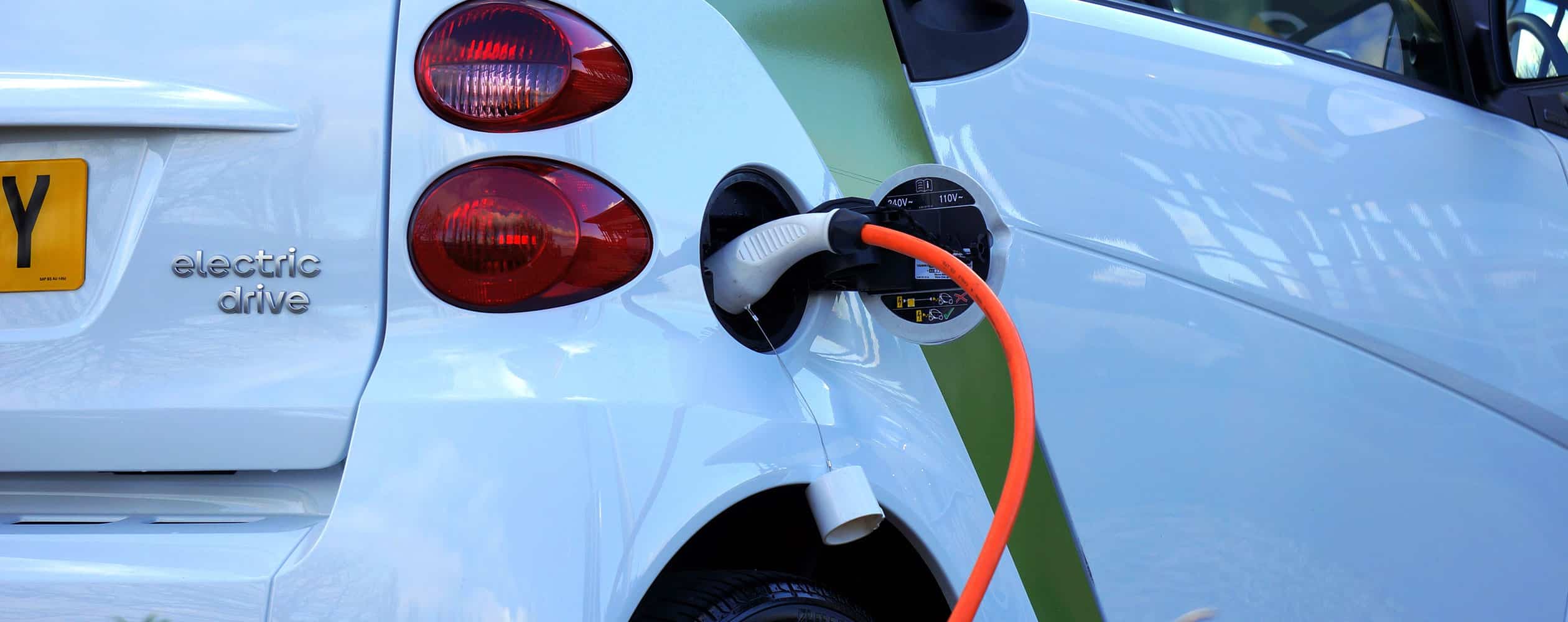The Auto Revolution
The automotive industry is changing at an exponentially fast rate with the digitalization of major car functions. From navigation to autonomous driving, auto OEMs are negotiating the transition to a digital chassis along with all its implications.
One of the benefits of the digital era is a vehicle’s ability to communicate with virtually anything. Otherwise known as “V2X,” cars can now “talk” to other cars, smart street lights, pedestrians, smart buildings, and more. There are massive traffic and safety enhancements made possible with this shift, and 5G’s giant pipeline helps enable this communication to happen in real-time with its low latency, reliability in congested areas, and super fast speeds.
At the same time, the auto industry is also undergoing a critical transition to electric. Many manufacturers have announced all-electric vehicle (EV) line-ups by dates in the near future, showing their commitment to reducing CO2 emissions and doing their part in fighting climate change.
Beyond Digital Transformation
EVs are naturally inclined to adopt communication V2X technology since they are newly designed and engineered, but EV charging technology also has a “V2X-type” advancement that is gaining steam. To make matters confusing, the latter is entirely different than the communication protocols the former V2X refers to.
“V2X” is also being used to describe charging solutions that enable EVs to charge, store energy in their batteries, and then discharge that energy (aka bidirectional charging) to other things like houses, buildings, and even back to the grid. The Ford Lightning 150 announcement put this in the limelight with its announcement that the truck could power a home, aka vehicle-to-building (V2B). There are also companies specializing in vehicle-to-grid (V2G) platforms that are focused on using fleet vehicles, like electric school buses, to act as smart grid assets – something we will need in the coming years as more EVs get added to the grid.
There are lots of factors to discuss related to the viability and readiness of these technologies, but as a brand and communications expert, I’m here to discuss how we talk about these things.
Auto OEMs already know and use V2X related to communication and now EV charging companies are using V2X for bidirectional charging. This is already causing confusion within the industry and will be even more disruptive (in a bad way) when we need to start educating consumers on these technologies and their benefits.
Proposing A New Industry Term
I have a proposal for the electrification ecosystem: we should create a distinct category for the charging definition of V2X by simply calling it “EV-2X.”
A few benefits of EV-2X:
- It has EV in the name, making it clear it’s about electric vehicles
- Having “2X” implies “to anything”, covering the broad proposed destinations of energy flow beyond just the grid that V2G suggests
- It’s short and easy to remember, especially compared to other industry terms like vehicle grid integration (VGI)
Note: GM recently announced its new lineup of electric Hummer pick up and SUV, named GMC Hummer EV 2, GMC Hummer EV 2x, GMC Hummer EV 3x, but I don’t think this should deter the industry from adopting a new term.
If the Department of Transportation and Department of Energy get on board, it would be easy to start educating the ecosystem, and eventually the public, about the differences between communication-V2X and EV-2X.
I’d love to hear what you think! Too many industry terms already? Is this setting us up for more confusion? Do we need this change sooner than later?
Drop me a line and let me know!

